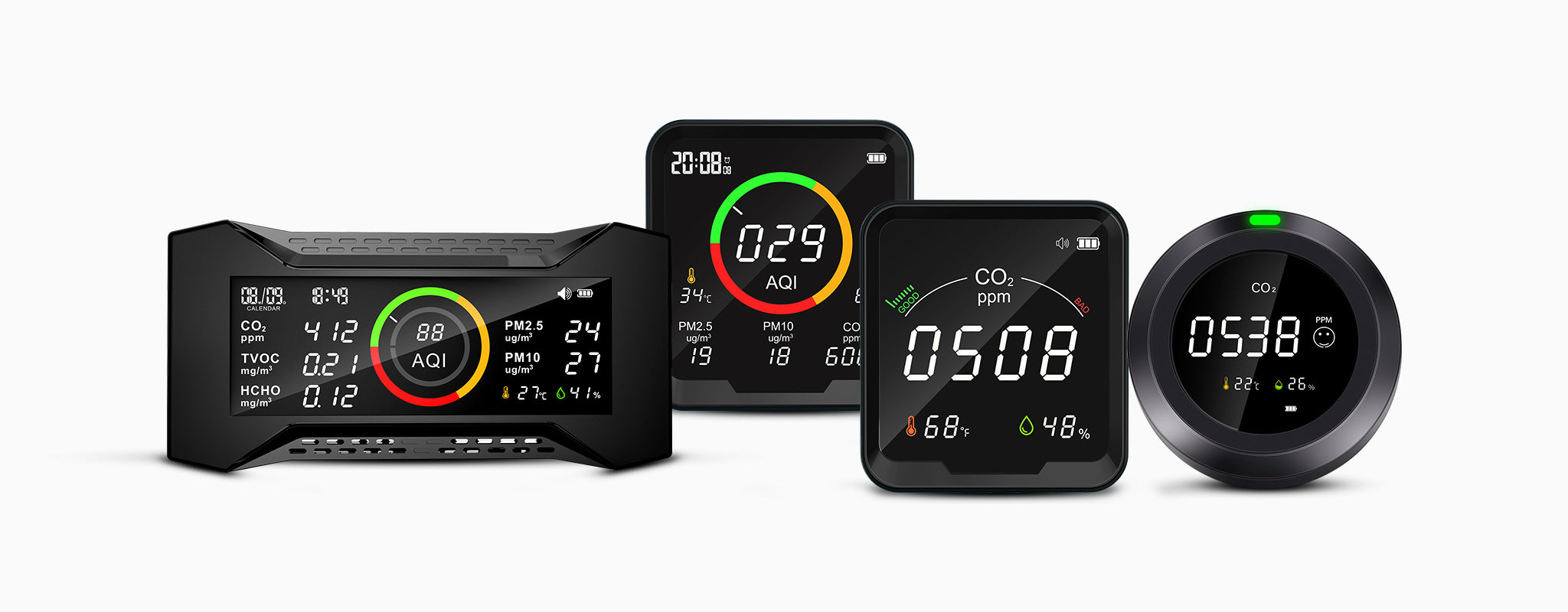Air Quality Tracking
An air quality monitor is a device that measures and displays levels of pollutants and other parameters in the air. There are many different types of air quality monitors, each designed to measure specific pollutants, including:
Particulate Matter (PM) monitors: These measure tiny particles in the air such as dust, pollen, and smoke.
Volatile Organic Compound (VOC) monitors: These measure chemicals like formaldehyde, benzene, and other toxic pollutants that can off-gas from building materials, furniture, and other household items.
Carbon Monoxide (CO) monitors: These measure the presence of the poisonous gas carbon monoxide, which is produced by the incomplete burning of fuels like gas, oil, and wood.
Nitrogen Dioxide (NO2) monitors: These measure nitrogen dioxide, a gas that can cause respiratory problems and contribute to smog and acid rain.
Ozone (O3) monitors: These measure ozone, a gas that is both good and bad for our health and the environment. On the ground, ozone is harmful and can cause respiratory problems, but in the upper atmosphere, it protects us from harmful ultraviolet radiation.
Air quality monitors can be handheld or wall-mounted and can be used in homes, offices, schools, and other indoor environments to monitor the quality of the air we breathe. Some monitors also provide real-time data to an app or website, so users can track air quality levels and make adjustments as needed to improve indoor air quality.
 Protect your family from harmful pollutants with our air monitor.
Protect your family from harmful pollutants with our air monitor.


